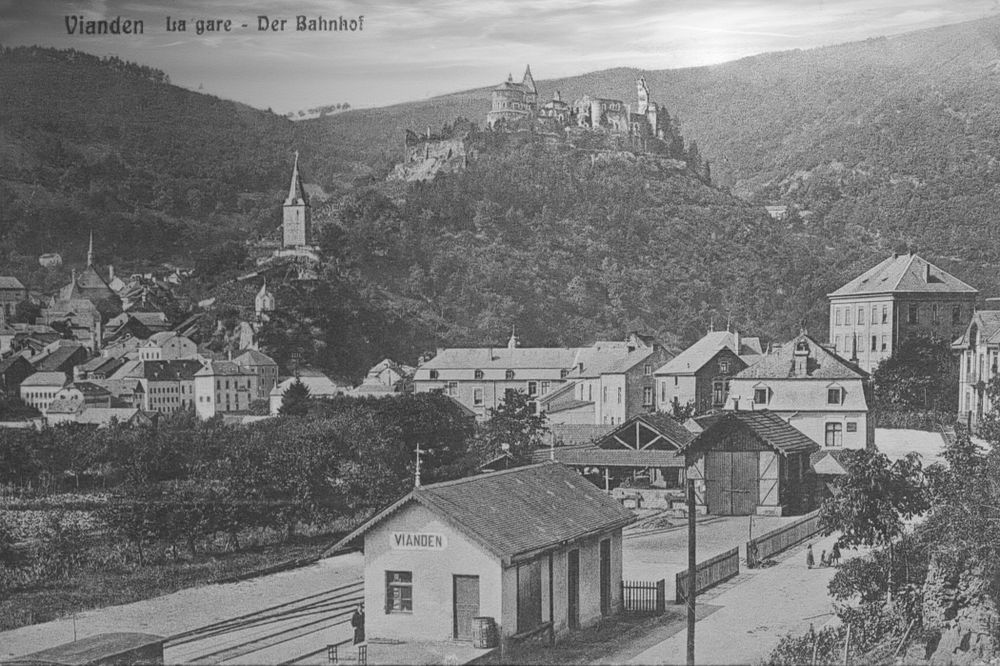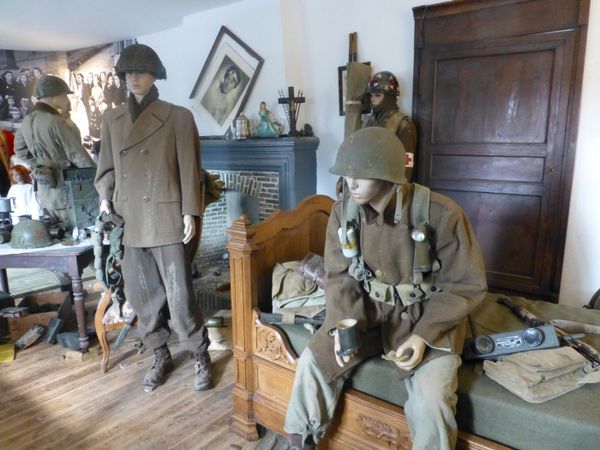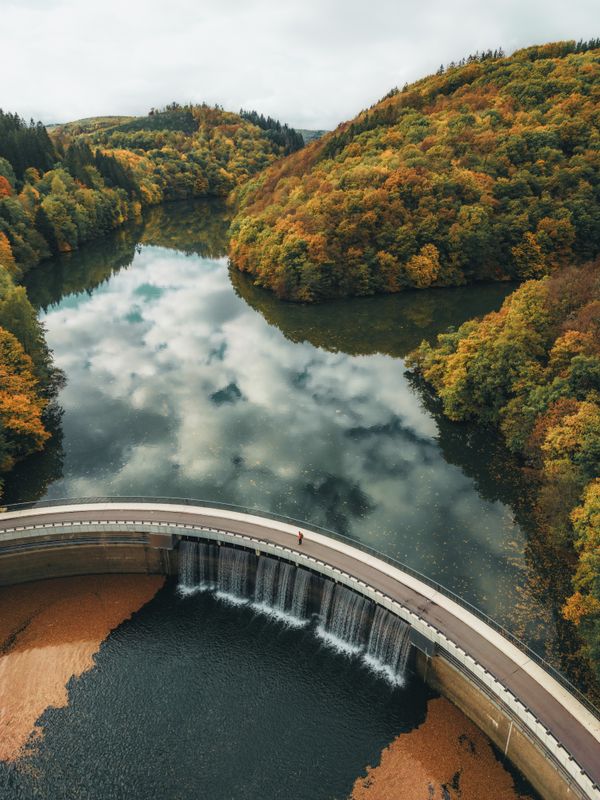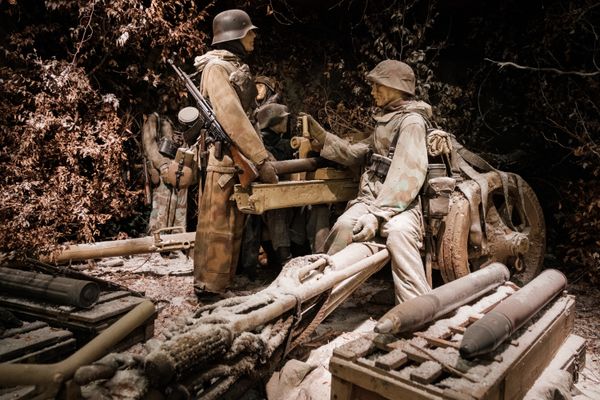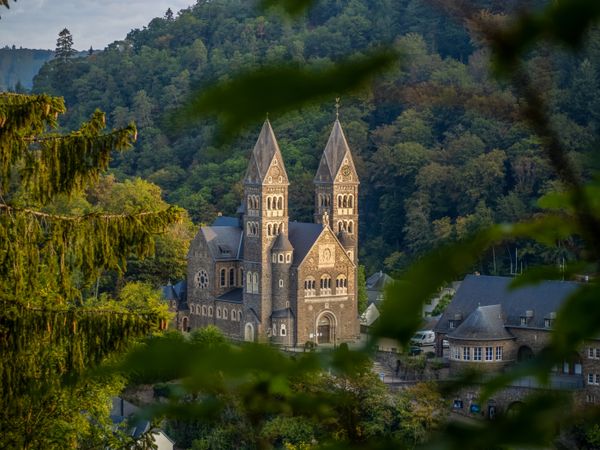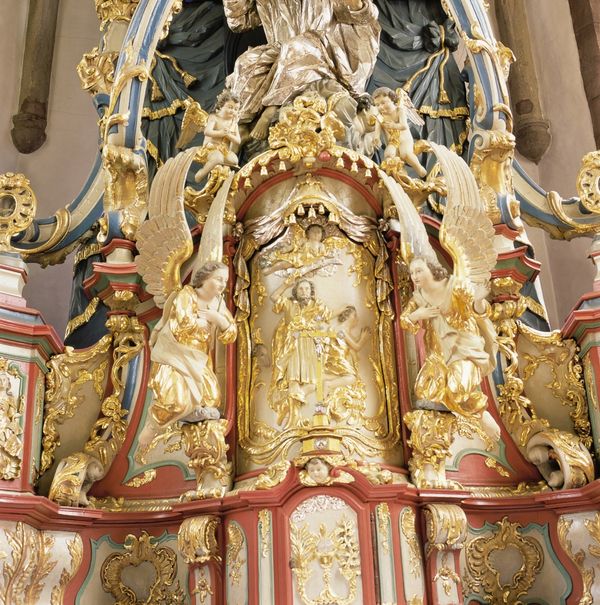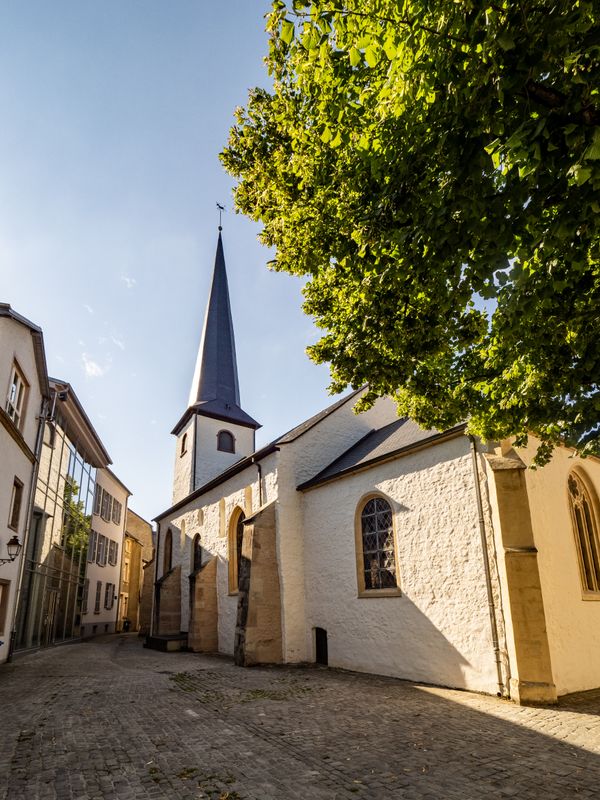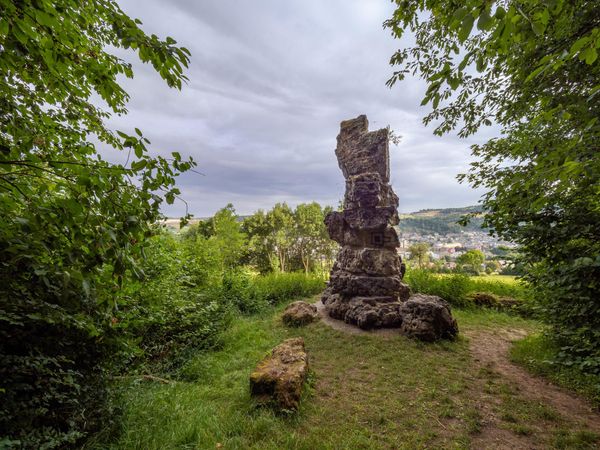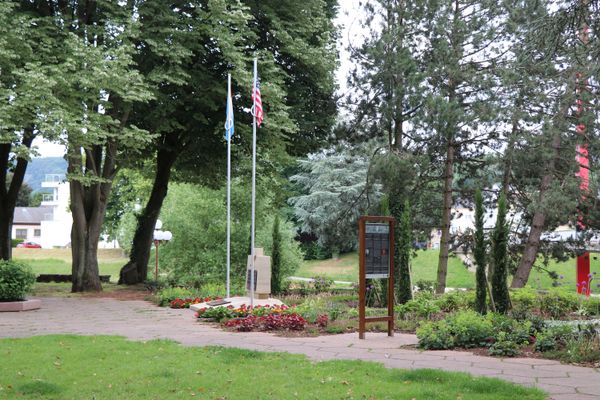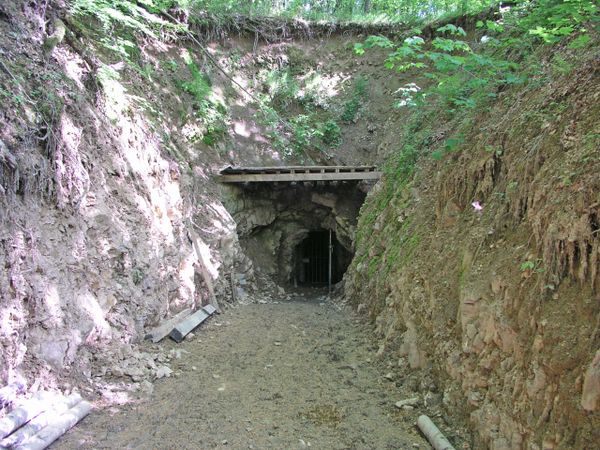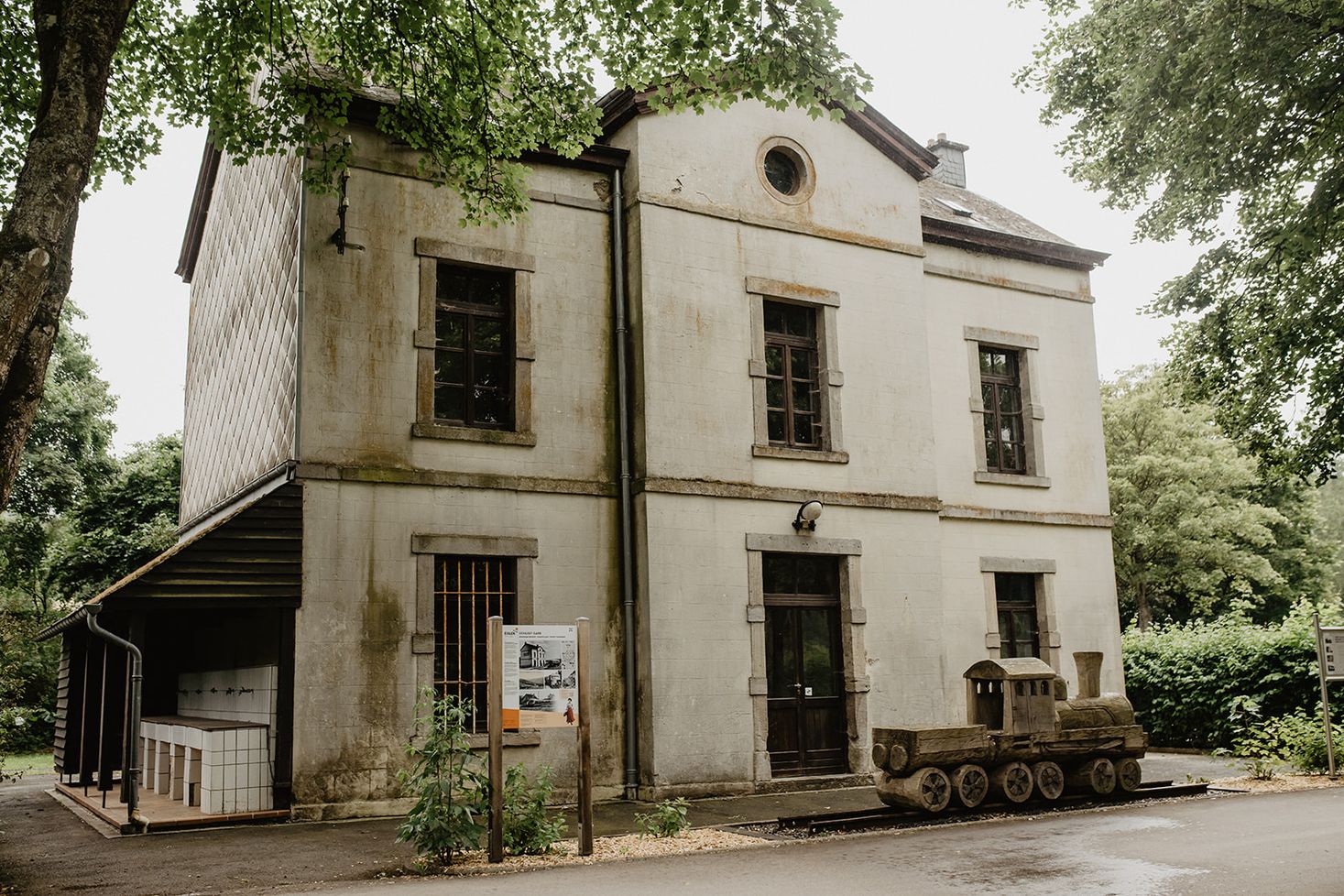
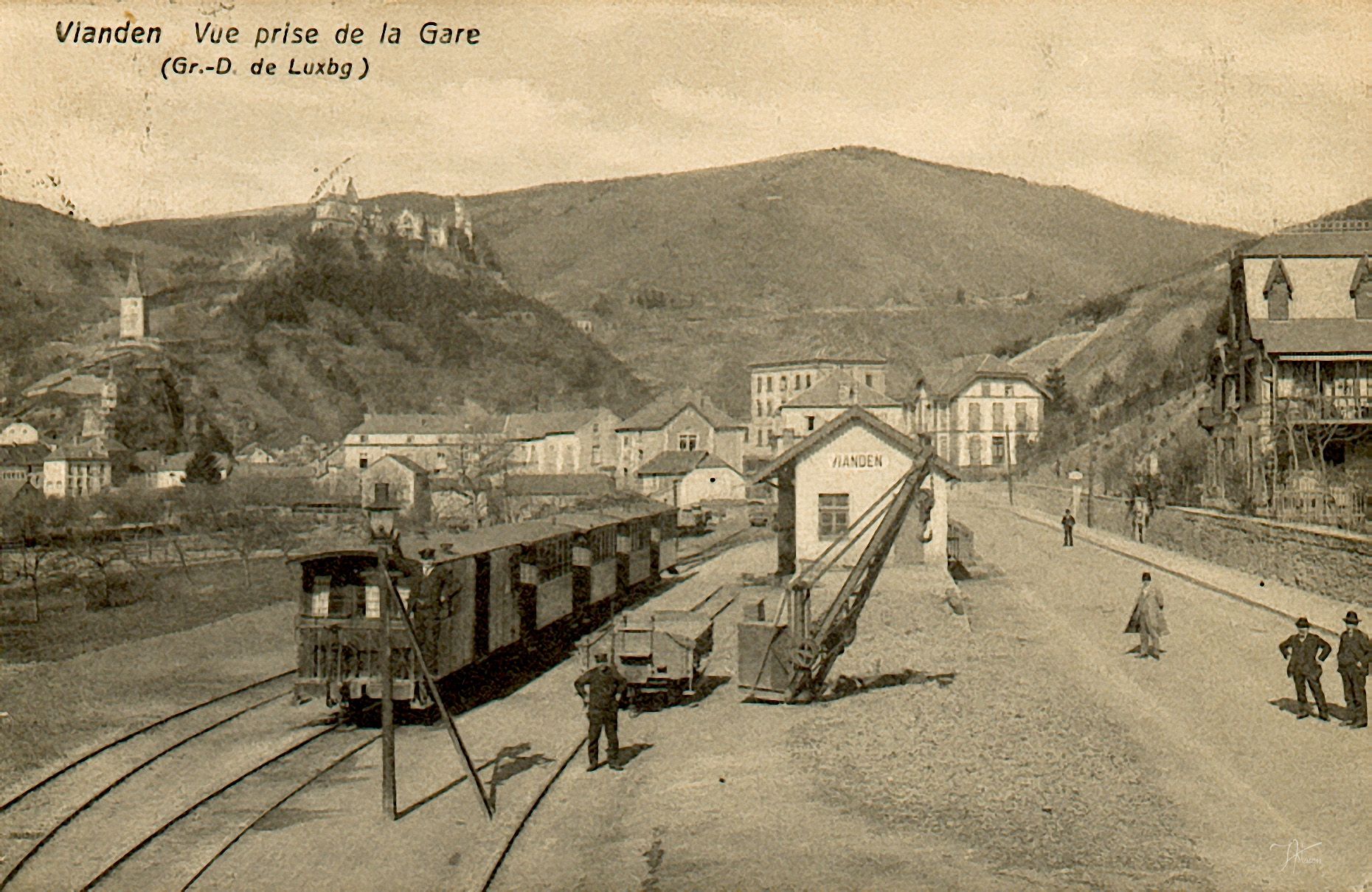
Veiner Gare – Former Trainstation
Nestled along the River Our, the town of Vianden once boasted a unique railway connection – the "Benny Express." This narrow-gauge line operated from 1889 to 1948, linking Vianden with Diekirch's main railway, a vital step in making the town more accessible to tourists.
Building a Scenic Route
To connect Vianden, engineers faced the challenge of laying track within the winding Our Valley. They opted for a narrow-gauge design, allowing for tighter curves and making construction more feasible. Though its origin is debated, this line became affectionately known as the "Benny Express."
The Heartbeat of the Valley
The "Benny" served as a lifeline for both locals and visitors. Tourists enjoyed the scenic journey, while residents relied on the train for their daily commute and to transport goods like timber and agricultural products. On a typical day, you might see families heading for a day trip, farmers with their produce, or perhaps hikers disembarking to explore the beautiful countryside.
Decline and Transformation
Changing times brought challenges. Rising costs and the increasing popularity of buses led to the "Benny Express" being discontinued in 1948. While this marked the end of the line, its legacy lives on.
Rediscovering the Rails
Today, a portion of the old railway has been transformed into a cycle path, allowing visitors to follow the line's route through the picturesque Our Valley. The preserved Bettel station also stands as a reminder of Vianden's railway past. Though the "Benny Express" no longer runs, it holds an important place in both the region's history and the hearts of those who remember its rhythmic chugging along the valley.
Opening hours

